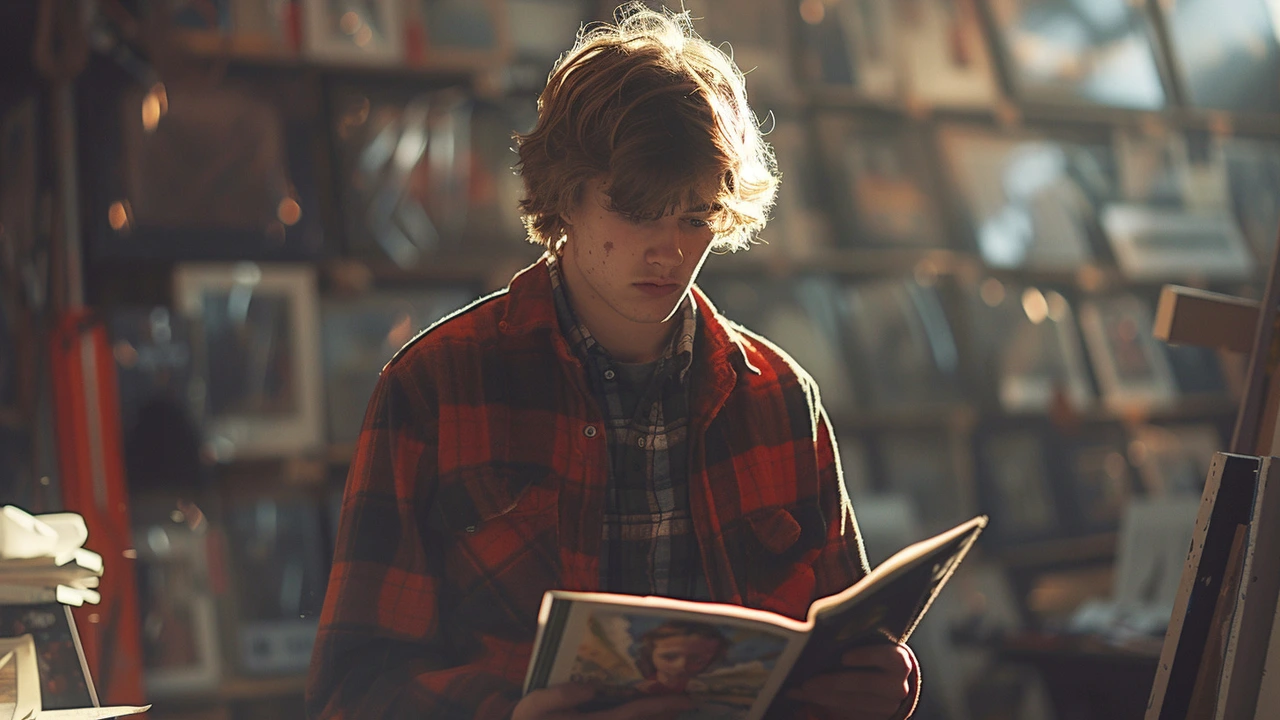Modern Art Techniques: Clear, Practical Methods You Can Try Today
Want to make modern art that actually connects? Modern art techniques aren’t magic tricks — they’re repeatable methods. Whether you want sharp photorealism, raw expressionist work, or immersive installations, there’s a clear path from idea to finished piece.
Below I focus on specific techniques, materials, and quick tips you can use right away. No fluff — just steps that help you get results and build confidence.
Core techniques to try and how they work
Photorealism: Work from high-quality photo references. Use a grid or projector to map key points, then block in values before color. Choose smooth gessoed boards or fine-weave canvas and use thin layers of acrylic or oil for controlled blending. Tip: keep edges sharp in focal areas and softer elsewhere to guide the viewer’s eye.
Abstract Expressionism: Focus on gesture and process. Use large brushes, palette knives, or even house paint rollers. Start with broad marks, then layer with drips, scumbles, and textured strokes. Let accidents happen — they’re often the most honest parts. Keep a sketchbook of motions and colors that felt right; repeat those in larger works.
Bauhaus-style design: Reduce to essentials — clean lines, simple shapes, limited palette. Use rulers, masking tape, and masking fluid to keep geometry crisp. Think about function: every shape should have a purpose. This works well for posters, prints, and minimalist canvases.
Installation art & Land art: Think site first. Measure the space, test sightlines, and choose materials that hold up outdoors if needed. Rehearse parts in your studio before installing. Use modular components for easier transport and adjustment. Interactivity matters: a single move visitors can make often increases impact more than complexity.
Constructivism & De Stijl techniques: Use strong contrasts and grid systems. Block colors, balance asymmetry with structural lines, and test compositions by printing small thumbnails. For digital work, set up guides and snap-to-grid to keep everything aligned.
How to practice, present, and grow your work
Practice with short studies: 1–2 hour pieces teach decisions faster than long projects. Keep a materials list and note what worked: brands, brushes, and pigments that gave the effect you needed. Share progress online with close-up photos and a short caption about the technique — people notice process more than finished glamour shots.
When you’re ready to show, label techniques clearly for viewers: say what you did and why (e.g., “photorealism: layered glazing, oil on board”). For installations, include a simple instruction or prompt so people know how to interact. For sales, bundle a short process note with the work — collectors love that insight.
If you want one practical pick: pick a technique, make five small studies focused on one problem (edges, color harmony, depth), then scale up the strongest idea. That repetition builds skill faster than switching styles every week.
Try one method this week, keep notes, and repeat. Modern art techniques become powerful tools once you practice them with purpose.

